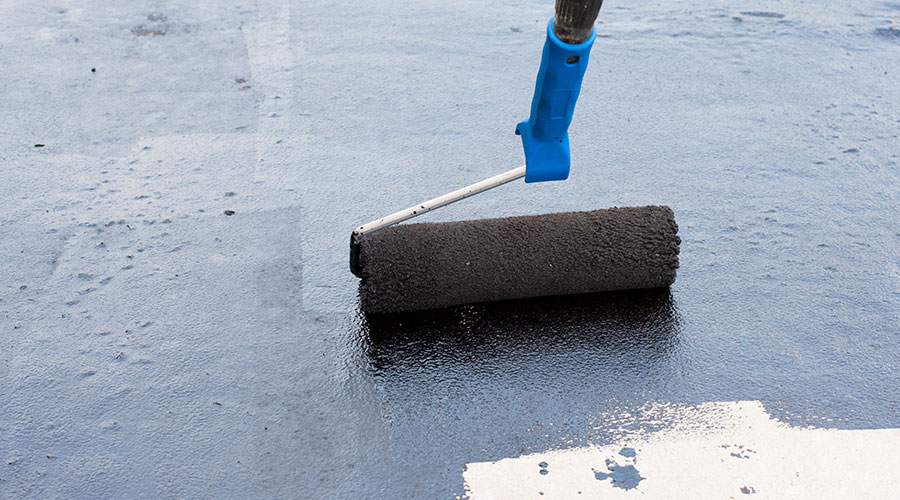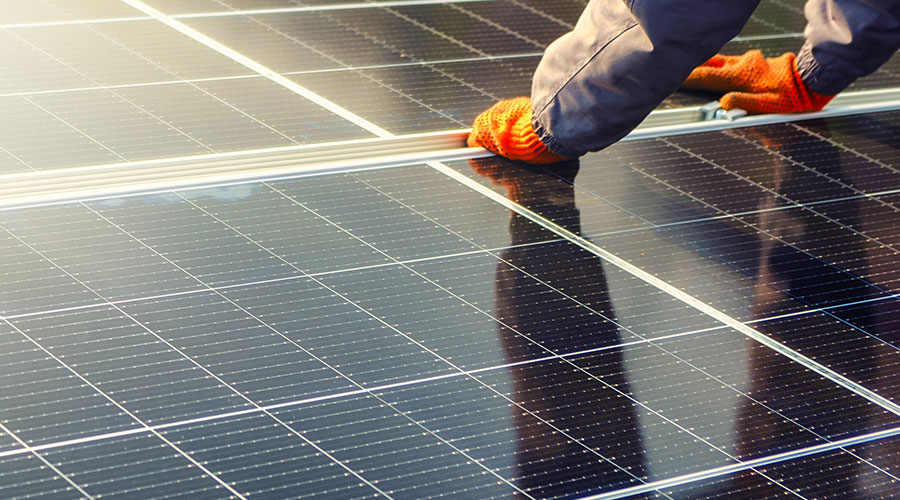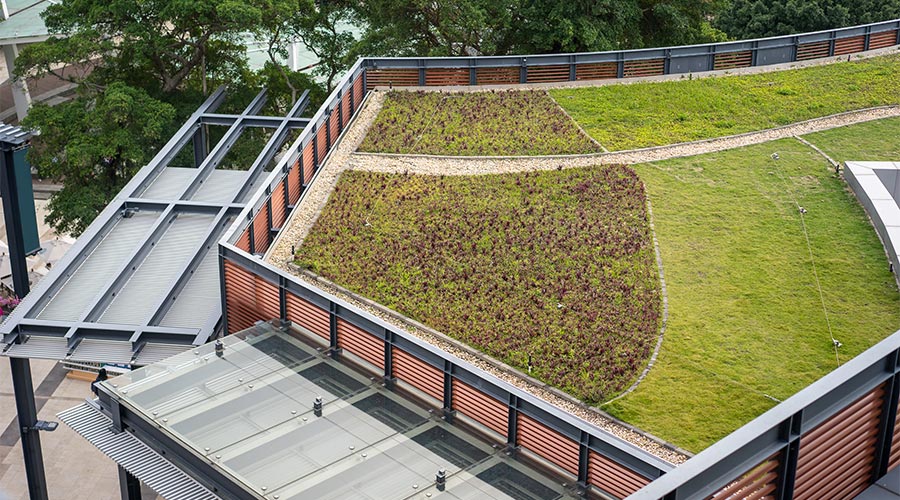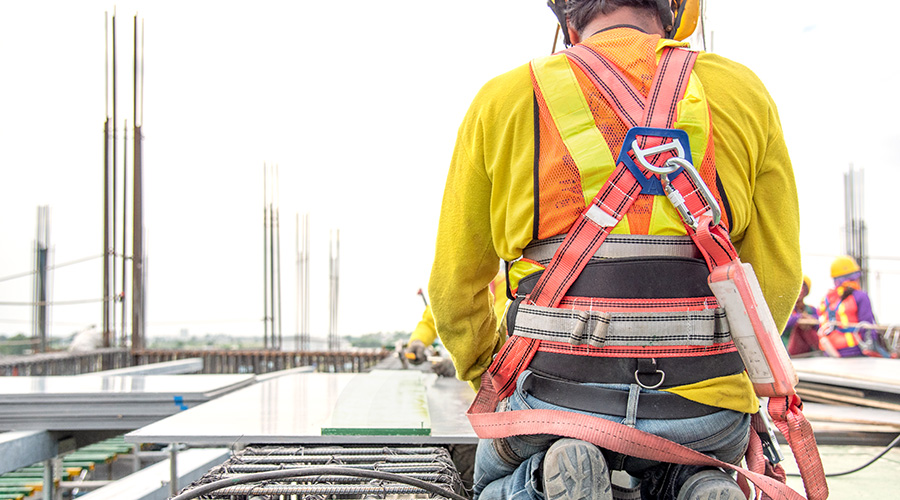Metal Roofs Offer Number of Energy Star-Compliant Options
Darker colors that still reflect infrared energy provide versatility. Buchinger says, "Almost every manufacturer does a complete palette" that meets Energy Star requirements when installed on a steep slope. For slopes of less than 2:12, white is needed to meet the requirements, he says.
The typical look of 12-inch panels with raised seams "is what it is," says Wade Vorley, senior associate at Wiss, Janney, Elstner Associates, Inc., an architectural and engineering firm. But other possibilities exist — such as metal shingles with stone coating that "can look like clay tiles or asphalt shingles," or stone or stucco coatings to disguise metal in localities that regulate against it.
"There are lots of options," says Jim Tuschall, president of Tuschall Engineering, which specializes in walls. "You can put metal panels where brick or masonry would be more complicated." Architects like working with metal, he says, with its multiple possibilities of colors and lines.
Proper design and installation is crucial, says Vorley, to make sure that the new covering is watertight, especially for complicated roofs with valleys, hips or other unusual features. But once in place, "it's really incredible how it can really change not only the performance but the aesthetics of a building."
Metal roofs must have some slope, in order to shed water. Vorley says that steeper is better: "The lower the slope, the greater the chance of having issues at the seams." The lowest recommended slope, he says, is 3:12.
If a pitched shingled roof is being replaced with metal, Croucher says, "probably the best option is to remove the shingles. You don't need or want that extra weight up there." That's particularly true in northern climates that may get heavy snowfalls. The next option, he says, is to provide a little space with metal furring over the old shingles. Metal roof panels expand and contract, and "you don't want it scraping on the granules of a shingled roof." The bare minimum, he says, would be an underlay of felt between the old roof and the new.
To convert a flat roof, manufacturers offer ready-made framework systems to add slope, or one may be designed specifically for the building in question.
"Metal is very long-lasting and sustainable," Vorley concludes. "I'm a big advocate for metal."
About The Metal Initiative
The Metal Initiative is an industrywide program of the Metal Construction Association (MCA) committed to educating building owners, architects and contractors about the use of metal in construction projects. MCA members are forward-thinking companies in the metal products industry.
The Metal Initiative assembles and disseminates information that can be used by decision-makers, including building owners and managers, as they design and initiate construction projects. In addition, MCA members can analyze all aspects of metal use in a specific project, helping building owners and facilities teams determine how metal can meet their specific needs. Among the factors they'll analyze are the roof's return on investment, maintenance cost, useful life and life-cycle cost, environmental impact, recyclability and recycled content, and aesthetic appeal.
The Metal Initiative also works to counter the misperceptions regarding the use of metal that are held by some in the construction community. For instance, it's sometimes assumed that metal is disposed of in landfills. In reality, metal is nearly 100 percent recycled. This myth, along with others, has kept many building owners from benefiting from the use of metal in their projects.
|
Related Topics:














